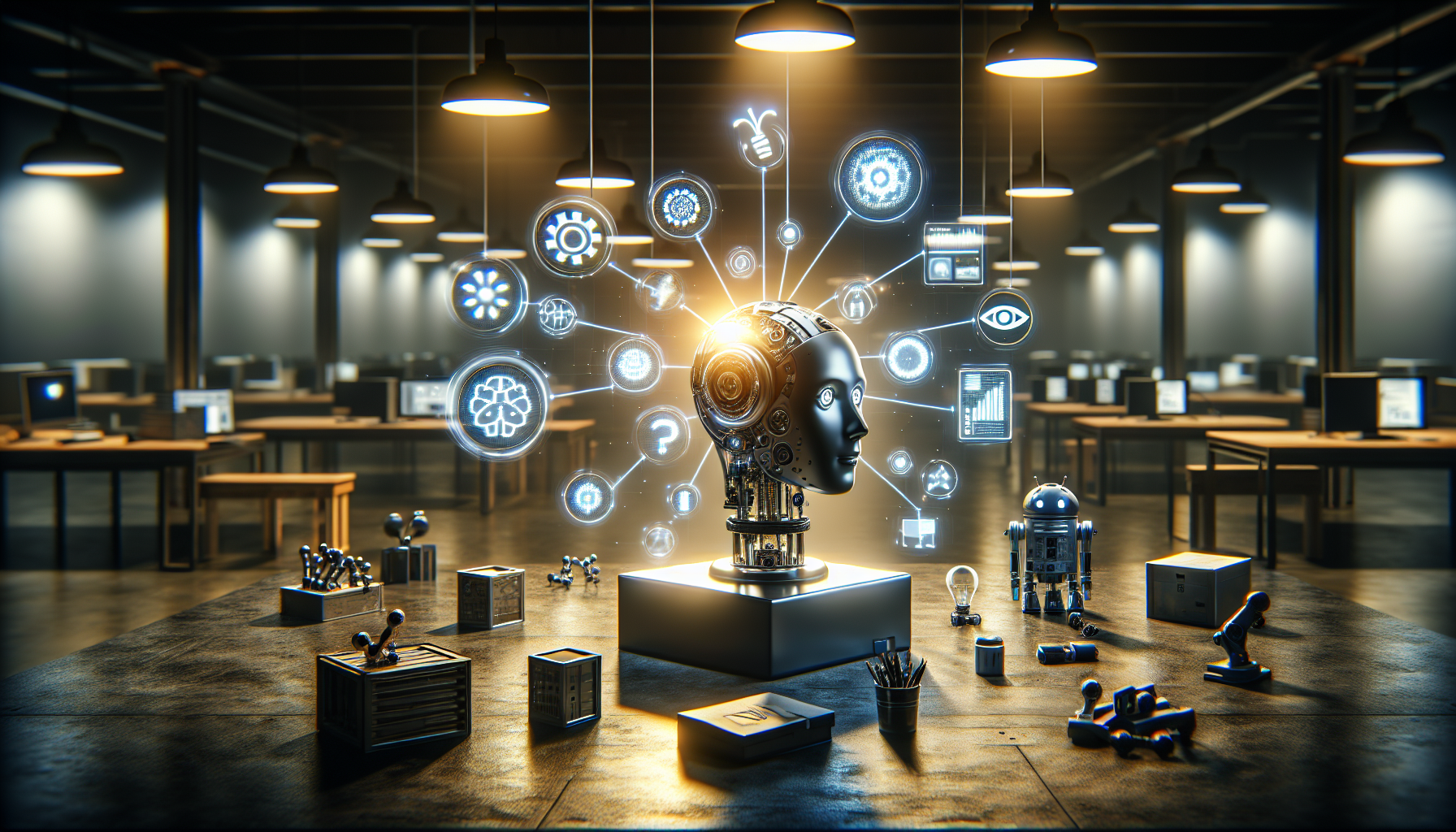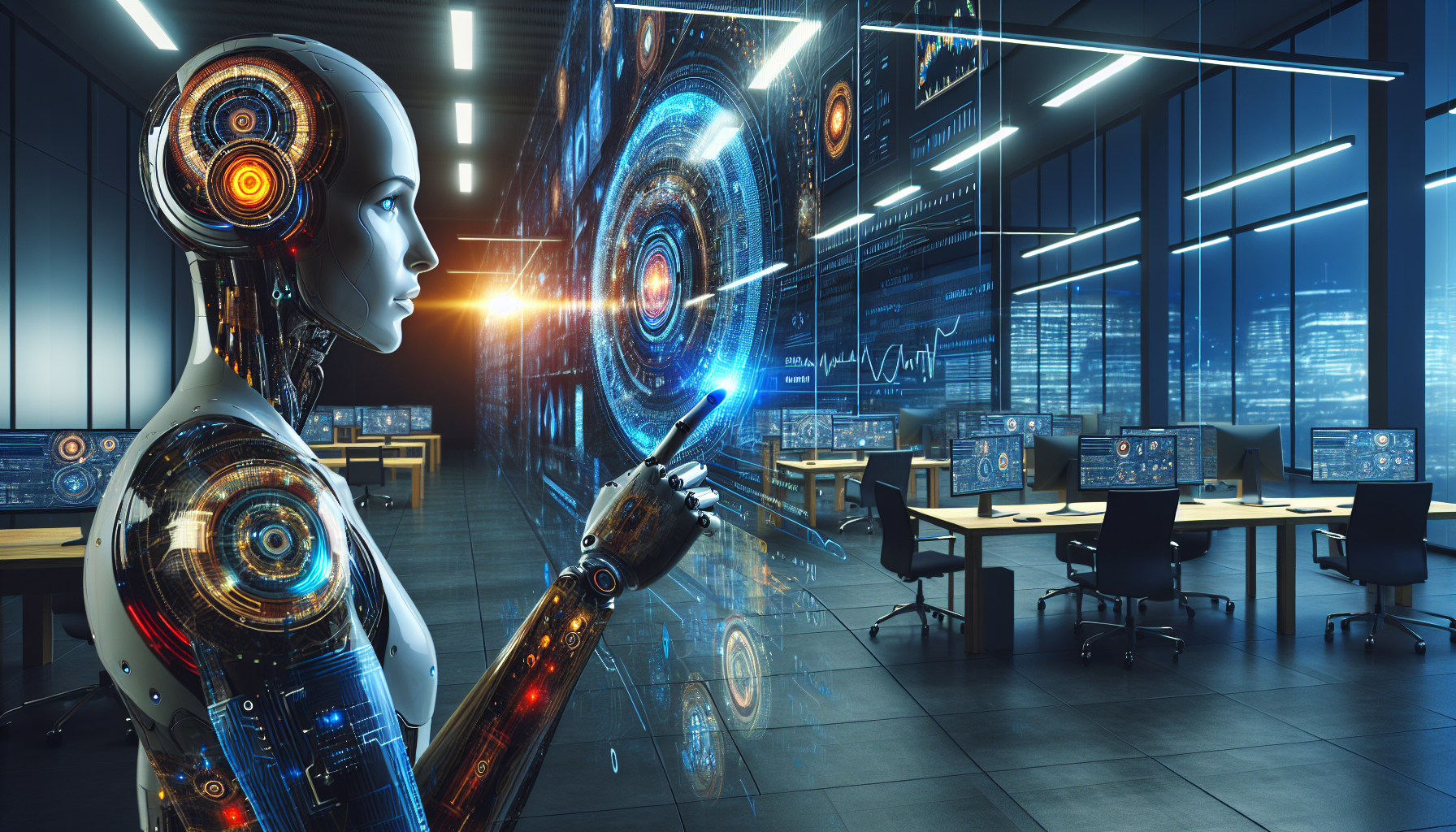
AI and Climate Change: How Machine Learning is Turning the Tide on Global Warming
October 6, 2025
Have you ever wondered how artificial intelligence is stepping up to tackle one of humanity's biggest challenges—climate change? With AI's growing presence in various industries, its potential in environmental conservation and climate action is nothing short of revolutionary. Let's dive into a fascinating case study that showcases AI's role in combatting climate change, and discover how these technologies are offering innovative solutions that may just change the game for our planet.
Meet OceanMind, an organization leveraging AI to protect our oceans. Oceans, which cover more than 70% of Earth's surface, play a critical role in regulating the climate by absorbing carbon dioxide and heat from the atmosphere. However, illegal fishing practices and overfishing are threatening marine life and, by extension, the climate. OceanMind uses machine learning algorithms to monitor and analyze satellite data, tracking fishing vessels across the globe in real-time. This AI-driven approach helps identify illegal activities, allowing governments and conservation groups to take swift action. By safeguarding marine ecosystems, OceanMind is helping maintain the ocean's capacity to regulate the climate, which is crucial for our survival.
But AI's impact isn't limited to the oceans. On land, a start-up named Indigo Ag is using AI to revolutionize agriculture by making it more sustainable. Agriculture is a significant contributor to greenhouse gas emissions, yet it is also one of the sectors most affected by climate change. Indigo Ag employs machine learning to optimize crop yields while minimizing environmental impact. By analyzing data from weather patterns, soil conditions, and crop health, their AI models help farmers make informed decisions about when and where to plant, how much water to use, and the best ways to manage pests. This precision farming approach not only boosts productivity but also reduces the carbon footprint of agriculture, making it a win-win for both farmers and the planet.
Then there's the innovative work being done in urban environments. Cities are major contributors to climate change, responsible for a significant portion of carbon emissions. However, they also offer unique opportunities for AI to make a difference. Take the example of Sidewalk Labs, a company reimagining urban living spaces using AI. By integrating sensors and AI-driven analytics into city infrastructure, Sidewalk Labs aims to optimize energy use, reduce waste, and improve public transportation systems. Imagine a city where streetlights adjust their brightness based on real-time pedestrian activity or where traffic lights adapt to current traffic conditions to minimize congestion. These AI-driven solutions not only enhance the quality of life in urban areas but also significantly reduce their environmental impact.
AI is also making waves in the energy sector. Renewable energy sources like wind and solar are crucial for a sustainable future, but they come with their own set of challenges, primarily due to their intermittent nature. This is where AI steps in. Companies like DeepMind are using machine learning to predict energy output from wind farms, enhancing the efficiency of these renewable sources. By analyzing vast amounts of historical weather data, AI models can forecast wind patterns and optimize the operation of wind turbines accordingly. This predictive capability helps energy providers balance supply and demand more effectively, reducing reliance on fossil fuels and making renewable energy more viable on a large scale.
While the promise of AI in addressing climate change is immense, it is not without its challenges. Ethical considerations, data privacy, and the environmental impact of AI itself—given the energy-intensive nature of training large models—are important factors that must be addressed. However, the potential benefits of AI in creating a sustainable future are too significant to ignore. It's a powerful tool in the hands of those committed to making a difference.
So, as we witness the transformative power of AI in fighting climate change, the question arises: How can we harness this technology to its fullest potential while ensuring a sustainable and equitable future for all? The answer likely lies in continued innovation, collaboration across sectors, and a shared commitment to protecting the planet. AI offers a glimpse into a future where technology and nature work hand in hand, and it's up to us to make that vision a reality. What other unexpected solutions might AI uncover in our quest to preserve the Earth for generations to come?


